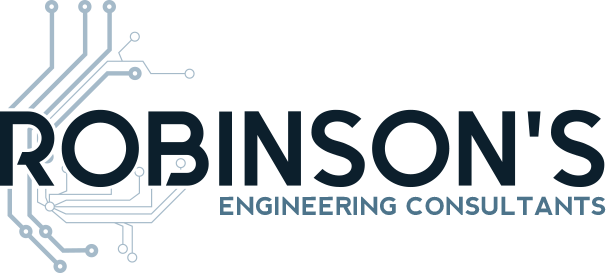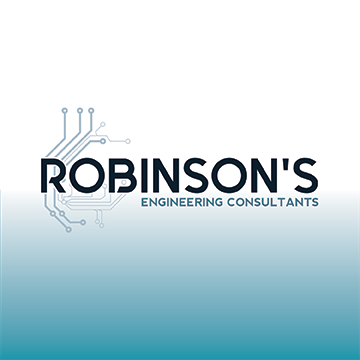The Importance of Following Compliance Requirements During the Design Phase
Aerospace & Military manufacturing industries employ engineers that may include manufacturing, telecommunications, composite component, and electronic / electrical product sectors. In order to keep the redesign and retesting costs down to a minimum, all of the engineering design / manufacturing groups must comply with the contract parameters from concept to delivery. For example, the Mil-Standards and FAA Standards during the product design / test phases must actually be performed as agreed upon contractually.
Generally speaking; electrical engineers use mathematics and physics principles to design, develop and assess electrical and electronic equipment along with their sub-systems. They work with a range of technologies, including, lighting, and wiring systems, manufacturing, power transmission (both mechanical & electrical), telecommunications, that also includes satellite communications. Many electrical engineers specialize in a particular field, such as electronics, microelectronics, signal processing, power, telecommunications, instrumentation, and EMI / EMC.
As an electrical / electronic design engineer, you’re very much responsible for the lifecycle of electro-mechanical / electronic projects from the design phase all the way to delivery phase, which usually includes governmental product compliance. The specific responsibilities associated with these jobs vary depending on the engineer’s area of specialization, such as:
• Communicating with the end customers to determine “their” agreed upon & signed specification requirements.
• Designing electrical products and systems based on client design & testing requirements
• Estimating costs and timelines for project delivery
• Interpreting technical drawings and design specifications to meet end user specifications; which saves your company time and lots of money during the testing / compliance phases.
• Creating project prototypes and models using three-dimensional design software
• Communicating with team members during project design and development in order to make sure all of the departments are moving forward to the same end design goal.
• Designing and performing tests to determine whether the new products and their associated systems actually comply with the standards required by (for example): MIL-STD-461, MIL-STD-810 or RTCA-DO-160.
• Recording and evaluating all of the pertinent test data from each of the companies design / manufacturing departments.
• Proposing electrical product and system modifications to improve quality and efficiency
• Monitoring end user product comments very closely in order to learn of areas where products and systems warrant improvements before moving into production.
• Retesting electrical products and systems to determine whether modifications have the desired specification Compliance effects.
• Performing maintenance procedures and repairs on existing electrical products and systems in order to ensure their beneficial compliance effects onto the newer products.
• Writing product design documentation, test procedure documentation and test report verifications.
• Giving presentations about projects and performance to their end user clients and company executives, making sure all parties are onboard and moving to the end goal together.
By sticking to the agreed to compliance requirements during the product design phase eliminates the extreme costs of redesign & retesting in the product pre-delivery phase without having to ask the end user for a compliance variance which very rarely will approved at all by the end user.


Leave a Reply